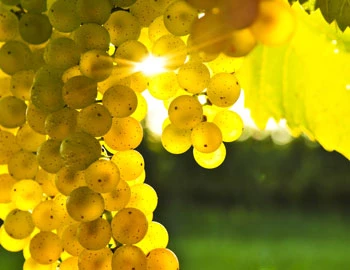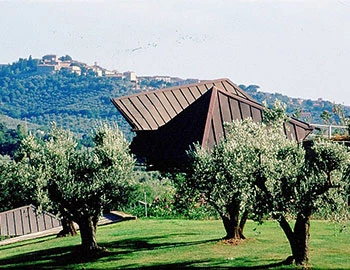attimo Chardonnay 2023
DOC, Paladin, 750 ml

| Grape variety: | Chardonnay |
| Producer: | Paladin |
| Origin: | Italy / Veneto |
Description
An all-rounder with a wonderful drinking flow! On the nose, this Chardonnay presents itself with an exotic bouquet reminiscent of white peach, pineapple and passion fruit flavours, accompanied by a floral touch. On the palate, Attimo Chardonnay has a balanced acidity that gives the wine freshness and vibrancy. The structure is creamy, with a pleasant mineral note that combines perfectly with the fruity flavours of white stone fruit and orange zest. This Chardonnay, matured in steel tanks with bâtonnage, is ideal as an accompaniment to finger food, artichokes with vinaigrette, riz casimir with tropical fruit and fish dishes.
Attributes
| Origin: | Italy / Veneto |
| Grape variety: | Chardonnay |
| Label: | Vegan |
| Ripening potential: | 1 to 3 years |
| Drinking temperature: | 10 to 12 °C |
| Food Pairing: | Italian antipasti, Apéro pastries, Whole baked fish |
| Vinification: | soft pressing, fermentation in steel tank |
| Harvest: | hand-picking |
| Maturation: | in steel tank, bâtonnage, some months bottle storage before sale |
| Bottling: | filtration |
| Volume: | 13.0 % |
| Note: | Contains sulphites |
Paladin
The vineyards of the Paladin winery are located in the border area between the Eastern Veneto and Friuli, where wine was already being grown in Roman times. At that time, the wines of this area were shipped in amphorae from the nearby sea ports to Rome, as reported by the historian Pliny.
The company was founded 50 years ago by Valentino Paladin, and today is jointly managed by his three children: Lucia, Carlo and Roberto.
The calcareous clay soils were formed about 20,000 years ago, after the last ice age. At a depth of 50 to 100 centimetres, one runs into limestone, the so-called Caranto, which gives the wines their body, richness and flavour intensity. The region has a rather mild climate. To the north, the Dolomites and the Alps provide protection from the cold; to the south-east, the Adriatic has a moderating influence.

Chardonnay
King or beggar?
Hardly any variety of vine shows such a broad spectrum of quality as the Chardonnay. Its wines range from faceless neutrality to breath-taking class. It is an extremely low-maintenance vine, which explains why it is grown around the world – even in places where it probably should not be. The aromas of the Chardonnay variety are not very pronounced: a bit of green apple, a little hazelnut; in warmer latitudes, also melon and exotic fruits. The wines are often defined by maturing in casks. They develop more or less subtle notes of butter, toasted bread and vanilla. The grapes achieve their highest expression in their region of origin, Burgundy. Its heart beats in the Côte de Beaune: one might think of the plant growth of Meursault or Puligny-Montrachet. With their finesse and complexity, they can survive for decades. Chardonnay also achieves first class in some Blanc-de-Blancs champagnes. It additionally yields great wines in the Burgundian Chablis, and increasingly in Australia and Chile. A simple rule of thumb for pairing with food: When butter and cream are involved, you cannot go wrong with Chardonnay.

Veneto
Veneto: land of the Amarone and Prosecco
Veneto stretches from the Alpine foothills, through the flat Po Valley, to the Gulf of Venice on the Adriatic coast. Two types of wine in particular have been able to celebrate spectacular successes here in recent years: Amarone growths impress with their opulent body and force, while the cheerfully bubbling Proseccos please with their fruity, grape freshness. But the region also produces drinkable everyday wines, including the white Soave and the red Bardolino.

Italy
Italy – Where wine is a way of life
The Italian wine regions are extremely diverse, and this is made clear in their wines. Established varieties such as Merlot, Syrah, and Sauvignon can be found on just 15 percent of the total vine growing area. The remaining 85 percent is reserved for autochthonous, indigenous varieties. More than 2,000 different grape varieties are grown under diverse conditions and pressed with various techniques into wines that reach the top tier of the international wine market.



